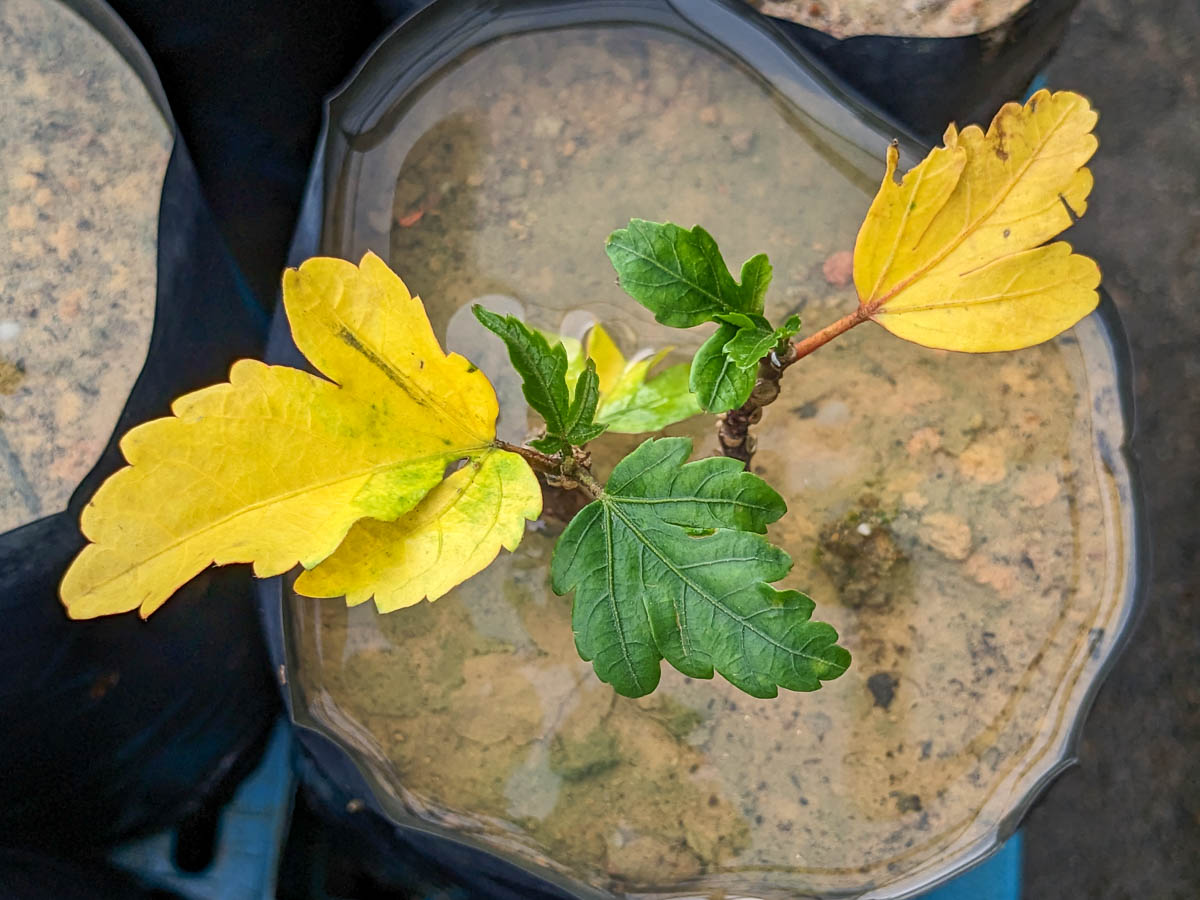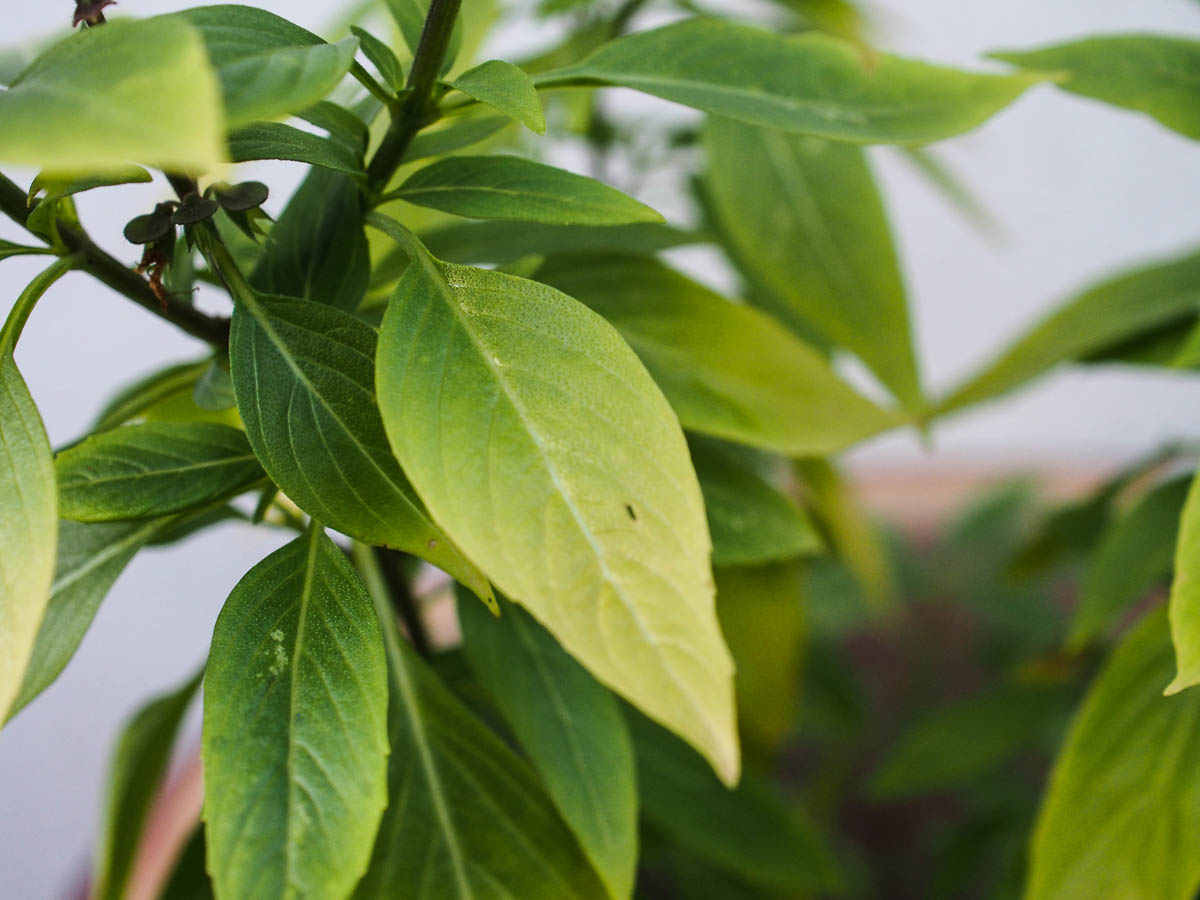Transplanting shock

Transplanting shock happens to seedlings and cuttings that have been freshly planted into a new pot, planter bed, or true ground. The change in environment is very stressful for the plant, which causes it to show a number of symptoms that can look very concerning, but will eventually resolve as the plant settles into its new environment.
Symptoms

Older leaves may turn yellow and drop off. This is normal for transplants as they put more energy into growing more roots and new leaves. This symptom looks similar to the early stages of nitrogen deficiency, but will not ultimately affect the new leaves.
Transplants are more prone to wilting as the roots take time to establish.
Treatment
Water fresh transplants daily for at least a week until their roots grow in. After a week, water only when the soil is dry.
Prune old and yellowing leaves to help the plant direct more energy into growing new roots, shoots, and leaves.
Protect fresh transplants with shade netting or in a shaded area with at least 4 hours of indirect sunlight for a week for the transplant to settle
Fertilise the transplant with a balanced fertiliser two weeks after transplanting to encourage more growth.

